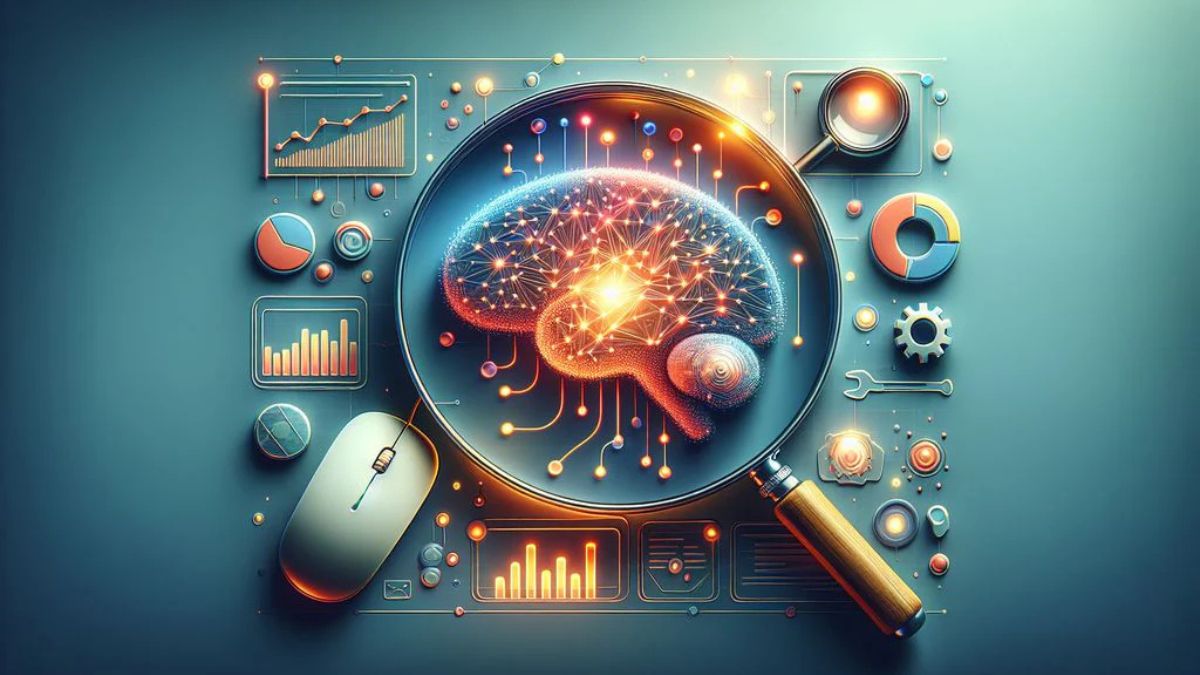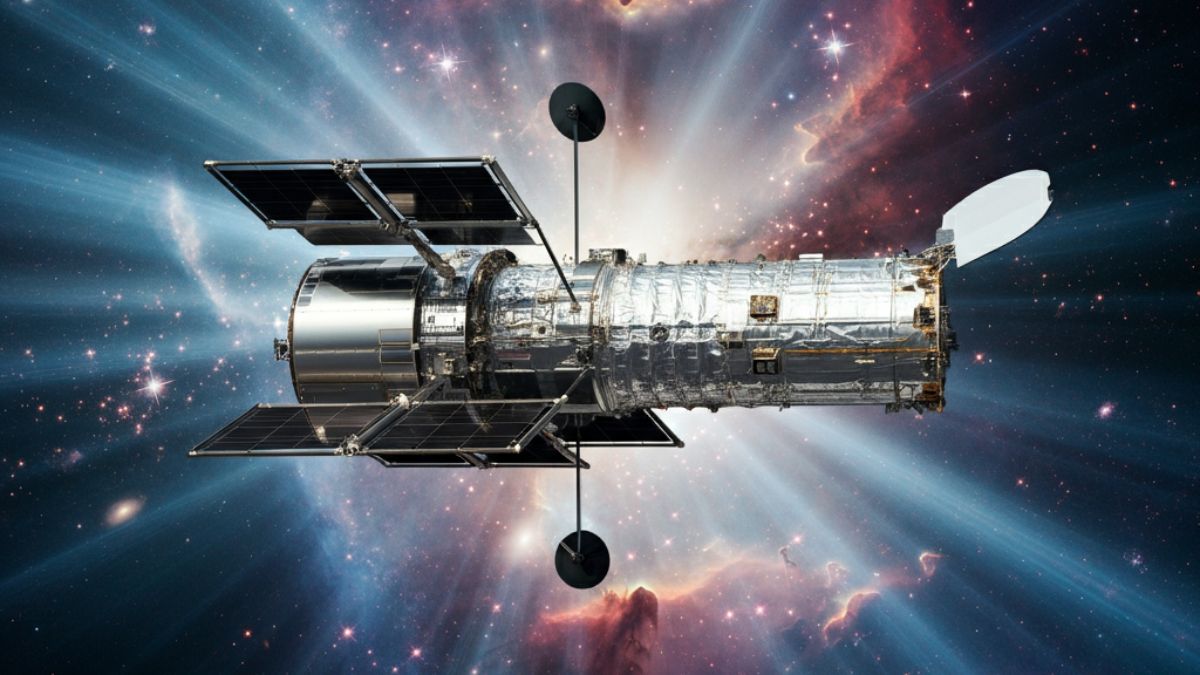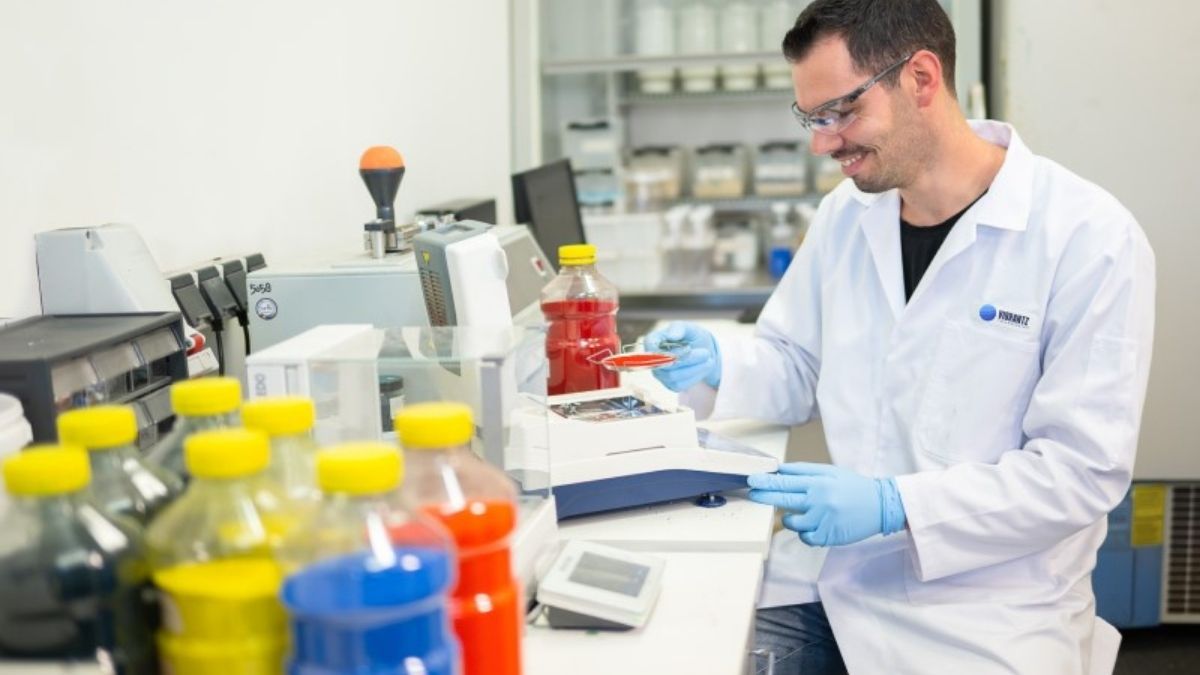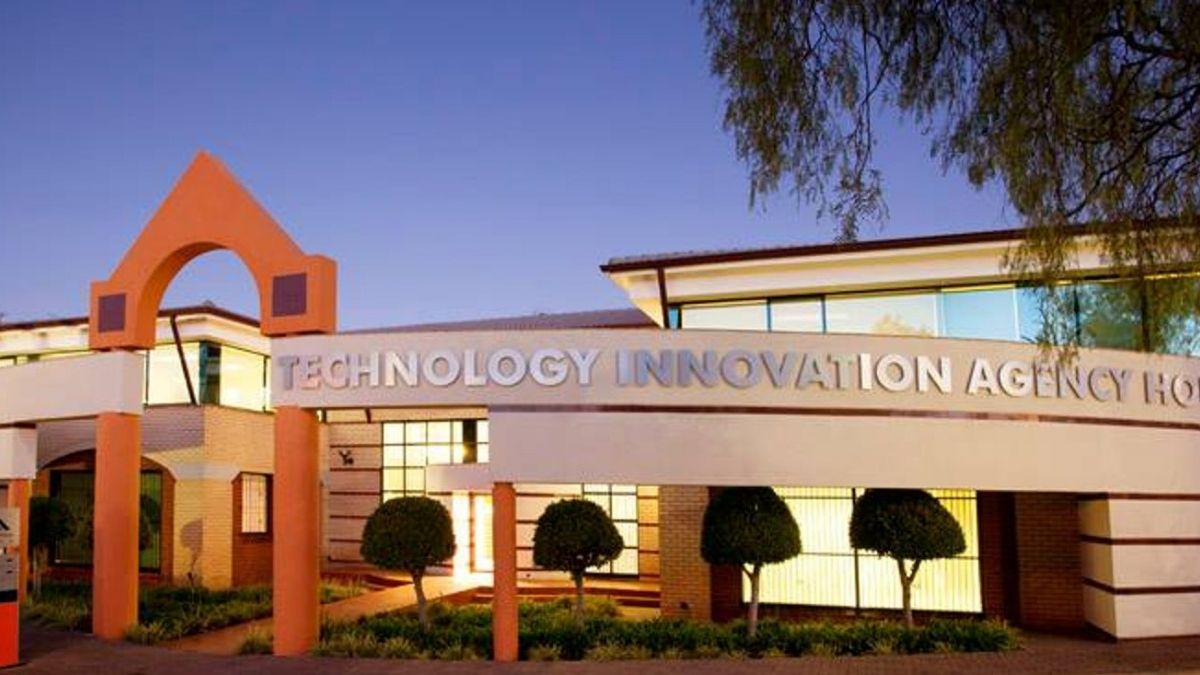Celebrating Hubble’s Legacy in Space Exploration
The Hubble Space Telescope has been observing the universe for 35 incredible years, unlocking the secrets of space and inspiring humanity to look beyond our planet. Launched into orbit on April 24, 1990, aboard the Space Shuttle Discovery, this marvel of engineering changed the way we see the cosmos. Over these decades, the Hubble Telescope has made groundbreaking discoveries, captured stunning images, and ignited our understanding of the universe like never before.
This blog post will explore the history, achievements, and future impact of the Hubble Telescope. From capturing iconic images like the “Pillars of Creation” to discovering exoplanets and the expansion of the universe, Hubble has truly reshaped our knowledge of space.
The Birth of a Cosmic Giant
The Vision Behind Hubble
Even before its launch, the idea of a space-based telescope had been envisioned by astrophysicists. The advantage of placing a telescope in space was revolutionary—it would free it from Earth’s atmospheric distortions, providing sharper and clearer images of the cosmos. NASA, in collaboration with the European Space Agency (ESA), powered this vision into reality by designing the Hubble Space Telescope.
Named after astronomer Edwin Hubble, who discovered that the universe is expanding, the telescope was designed to observe wavelengths across the visible, ultraviolet, and near-infrared regions of the electromagnetic spectrum.
Challenges at Launch
The telescope’s launch in 1990 was, however, met with challenges. Shortly after Hubble began its observations, scientists discovered a critical flaw in its primary mirror, which caused distorted images. This issue, while daunting, became a testament to human ingenuity and teamwork. Three years later, astronauts aboard the Space Shuttle Endeavour executed a series of meticulous repairs that restored Hubble’s imaging abilities.
What Has Hubble Shown Us?
Expanding Our Understanding of the Universe
One of Hubble’s most groundbreaking contributions was its role in solidifying the theory of the universe’s expansion. By measuring the redshift of distant galaxies, Hubble provided crucial data that allowed astronomer to estimate the universe’s age at approximately 13.8 billion years.
Stunning Images That Changed Astronomy
If you’ve seen breathtaking photos of colorful nebulae, glittering galaxies, or distant star clusters, chances are, they came from Hubble. Over the years, some of its most iconic images include:
- The Pillars of Creation in the Eagle Nebula, a dramatic depiction of star-forming regions.
- Hubble Ultra Deep Field, a glimpse of thousands of galaxies that formed shortly after the Big Bang.
- Jupiter’s Great Red Spot in all its swirling detail, unveiling information about gas giants within and beyond our solar system.
These images were more than just visually stunning; they have provided invaluable information regarding the life cycle of stars, galaxy formation, and planetary atmospheres.
Unveiling Exoplanets and Habitable Zones
it has been instrumental in identifying planets beyond our solar system. By observing the faint signatures of light passing through exoplanet atmospheres, it has helped assess their chemical compositions. These discoveries have fueled the search for habitable worlds and driven curiosity about extraterrestrial life.
Dark Energy and Dark Matter
it has also played a significant role in studying the mysterious components of the universe, such as dark energy and dark matter. Observations made using Hubble have supported the accelerated expansion of the universe, attributed to dark energy. Its findings have deepened our understanding of the unseen forces shaping the cosmos.
Hubble’s Human Touch
Repair Missions That Made History
Astronauts conducted five servicing missions between 1993 and 2009, extending Hubble’s life and enhancing its instruments. These missions demonstrated the extraordinary lengths humanity is willing to go for the sake of knowledge and discovery. Each repair mission involved intricate work, and every update installed new capabilities that furthered Hubble’s potential.
Inspiring Generations
Beyond its scientific contributions, the telescope has touched the hearts of millions. Hubble’s discoveries have found their way into classrooms, documentaries, and even pop culture, making the cosmos more accessible to all.
Looking Ahead
The Legacy of Hubble
Although the Hubble Space Telescope has been operational for decades, its contributions remain unparalleled. Even as NASA’s James Webb Space Telescope begins its mission, Hubble continues to work alongside it, offering complementary observations in shared scientific goals.
Hubble’s legacy will resonate for generations. Not only has it provided groundbreaking discoveries, but it has also set the stage for future telescopes that will go even deeper into space, searching for answers to the universe’s most profound questions.
The Power of Curiosity
The Hubble Space Telescope stands as a beacon of our collective curiosity and desire to understand the cosmos. Its story is a reminder of the heights we can achieve when science, engineering, and creativity come together.
Discover the Universe Through Hubble
Hubble’s 35 years of service have painted a portrait of the universe that inspires awe, wonder, and curiosity. From its iconic images to the vast amount of data it has provided, this telescope has brought us closer to the stars and continues to shape the future of space science.
If you’re inspired by its journey, explore more about its discoveries or find ways to share its wonders with others. The cosmos is waiting to be discovered, and Hubble has given us a front-row seat to the greatest show in the universe.
FAQs
What is the Hubble Space Telescope?
The Hubble Space Telescope is a large, space-based observatory launched by NASA in 1990. It orbits Earth and captures detailed images and data of distant galaxies, stars, and other celestial phenomena.
How does Hubble work?
Hubble uses a system of mirrors to collect and focus light from space. Its advanced instruments process this light to create detailed observations in visible, ultraviolet, and infrared wavelengths.
What has Hubble discovered?
Hubble has made numerous groundbreaking discoveries, including evidence of the accelerating expansion of the universe, the observation of galaxies forming in the early universe, and stunning images of star formation and planetary systems.
Can Hubble be seen from Earth?
Yes, Hubble can sometimes be seen from Earth as a small, bright object moving steadily across the night sky, reflecting sunlight as it orbits our planet.
What will happen to Hubble in the future?
Hubble continues to operate and deliver valuable scientific data. However, its mission may eventually conclude as newer telescopes, such as the James Webb Space Telescope, take over critical observations. Scientists are working to ensure its legacy endures through ongoing research and support.











